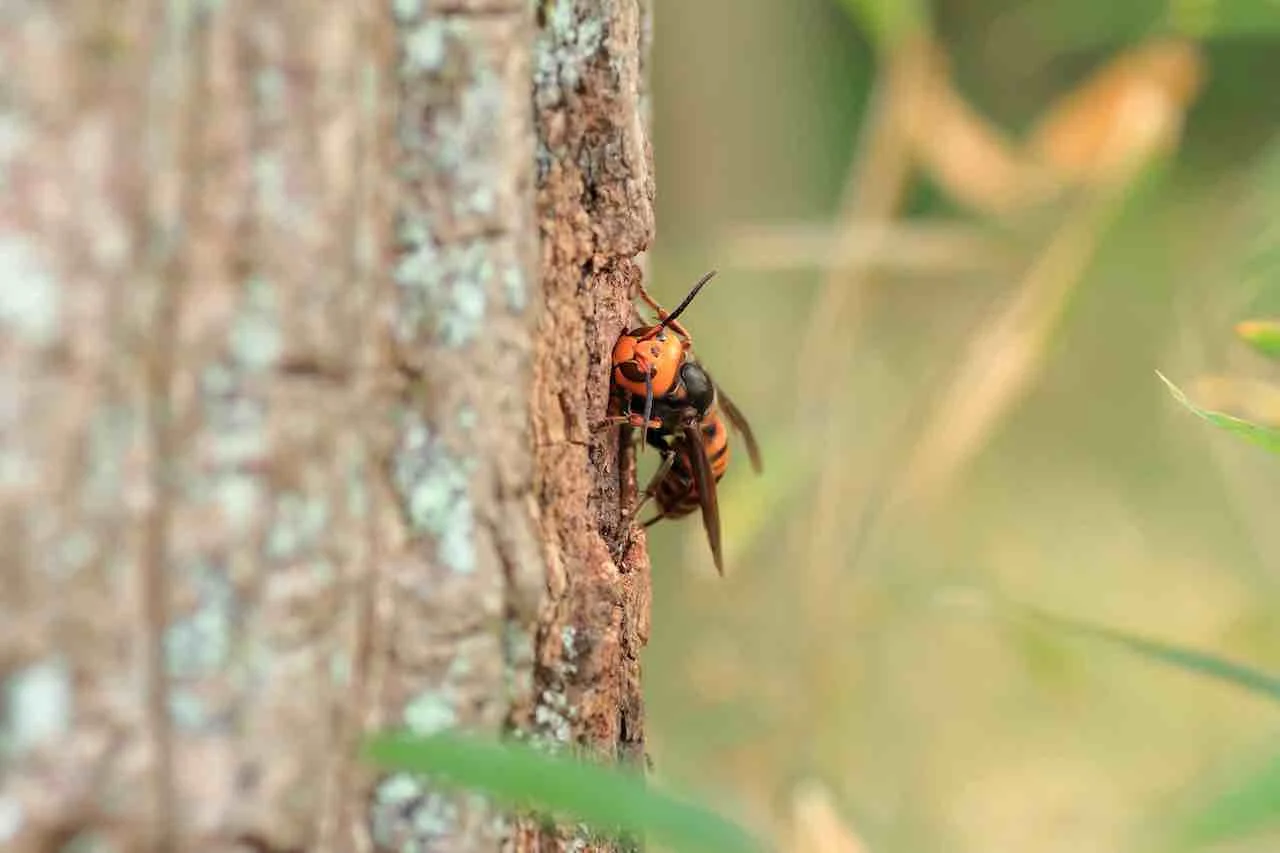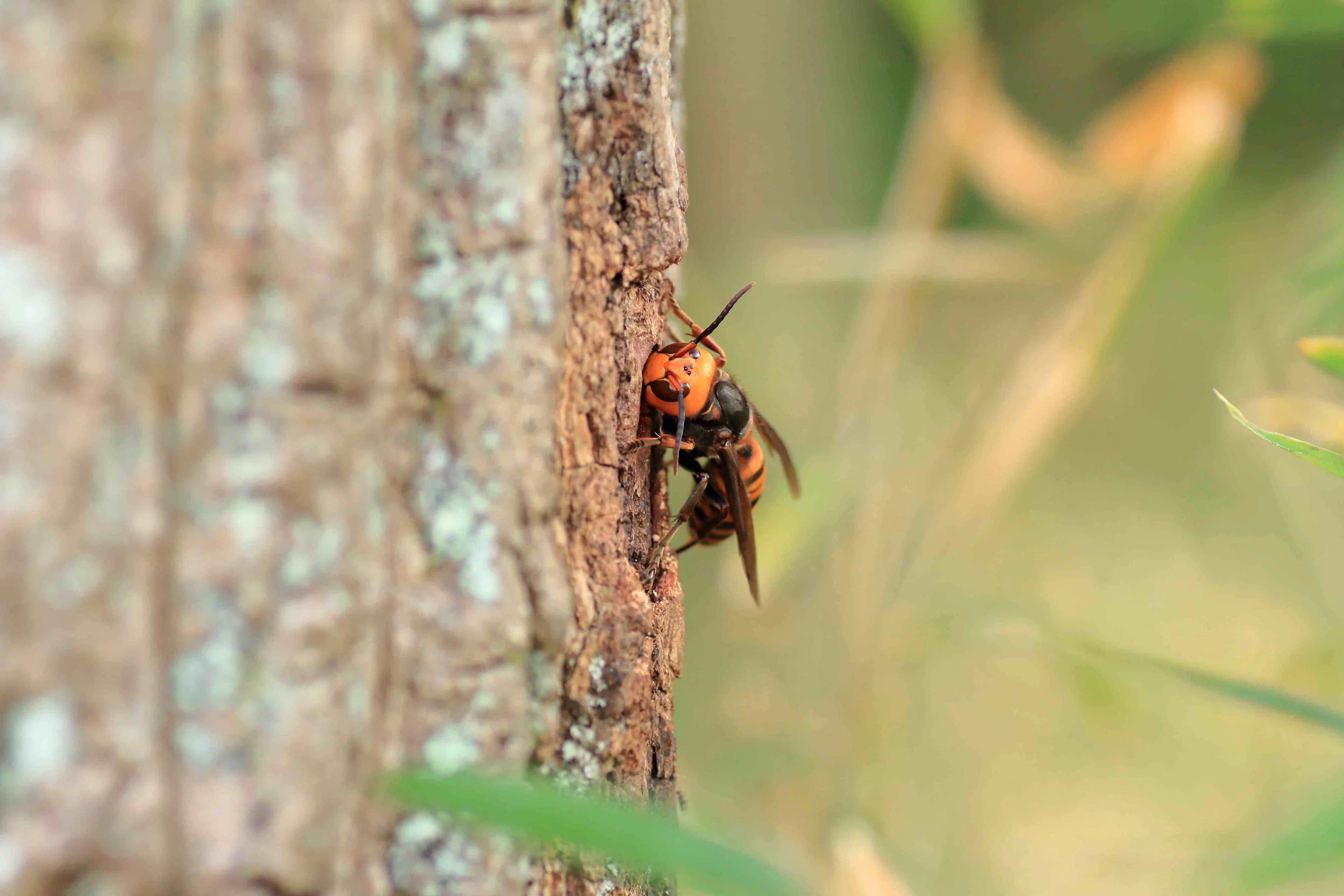
Honeybees defend against Asian giant 'murder' hornets with dung
Honeybees in Vietnam were found to have cleverly collected nearby animal dung and apply it to the entrances of their nests to protect themselves from the onslaught of the Asian giant hornets.
Honeybees in Asia have finally found an effective weapon against the Asian giant hornet -- animal feces.
This is according to new research that has surfaced from the University of Guelph, published Wednesday in the PLOS One journal. The group of researchers discovered honeybees in Vietnam cleverly collect nearby animal dung and apply it to the entrances of their nests to protect themselves from the onslaught of the Asian giant hornets (Vespa soror).
University of Guelph professor Gard Otis undertook the study with lead author Heather Mattila, who completed her doctorate at the university in 2006, and is now a biology professor at Wellesley College in Massachusetts, in addition to other researchers including former students.
"In Asia, honeybees have evolved under tremendous predatory pressure from social wasps in the genus Vespa, the most formidable of which are the giant hornets that attack colonies in groups, kill adult defenders, and prey on brood," the university researchers wrote in the study.

Asian honeybees have learned to defend themselves against the giant hornets. Photo: Getty Images.
In a University of Guelph media release, Mattila said the study demonstrates a "fairly remarkable" trait the bees have developed as a defense mechanism against a "really awful predator."
DUNG COLLECTED FROM MULTIPLE ANIMALS
The researchers collected dung from water buffalo, chickens, pigs and cows, and put it in mounds near an apiary. By the day's conclusion, about 150 bees had visited the piles, particularly obtaining more aromatic manure of pigs and chickens.
The group marked individual bees to identify them at their hives, minutes later recorded videos of the marked bees spreading the material at nest entrances.
The results showed that the giant hornets spent less than half as much time at nest entrances with moderate to heavy dung spotting present as they did at hives with just a few spots. As well, they spent only one-tenth as much time masticating the hive entrances to gain access to the bees’ offspring. The hornets were also less likely to initiate large-scale attacks on the more heavily spotted hives.
"Our study describes a remarkable weapon in the already sophisticated portfolio of defenses that honeybees have evolved in response to the predatory threats they face," the researchers noted.

Unlike their Asian counterparts, honeybees in Canada lack similar defences, according to the study's lead author. Photo: Nathan Howes.
CANADIAN HONEYBEES HAVEN'T ADOPTED ANY DEFENCES
However, unlike their Asian counterparts, honeybees in Canada haven't acquired similar defences. As a result, North American beekeepers will have to destroy the hornets’ nests themselves or rely on weather or other factors to limit their spread, according to the university.
Commenting on Apis mellifera, the honeybee species frequently found in Canada, Mattila said “they haven’t had the opportunity to evolve defences. It’s like going into a war cold.”
Thumbnail courtesy of Getty Images.
Sources: PLOS One | University of Guelph | CNN











